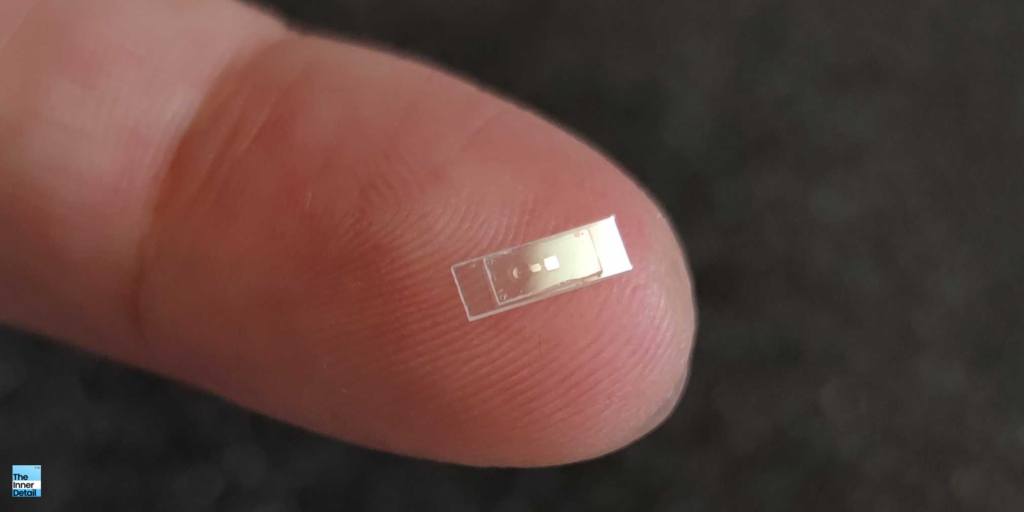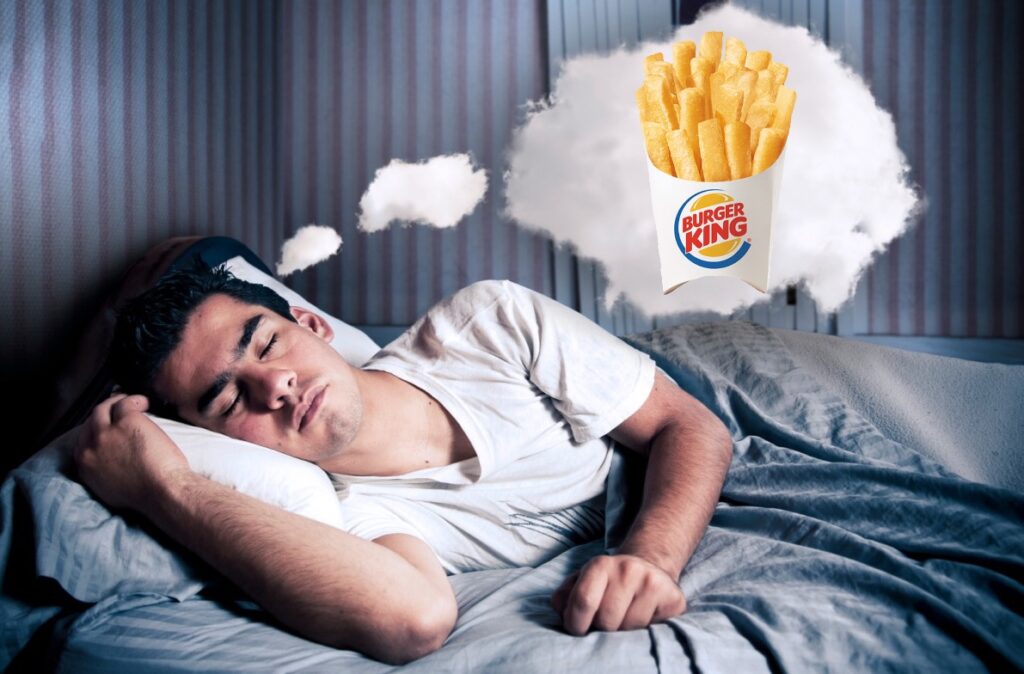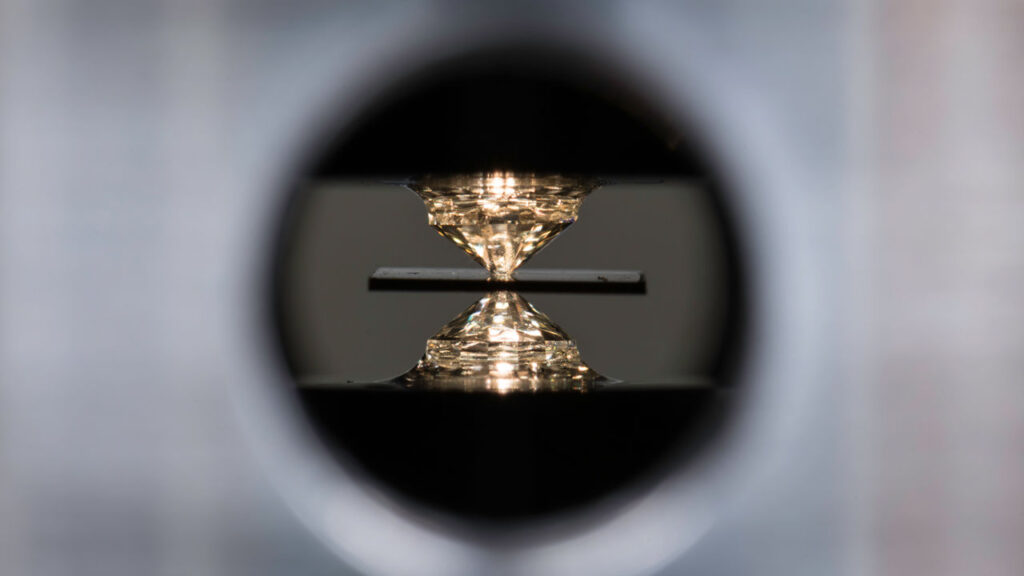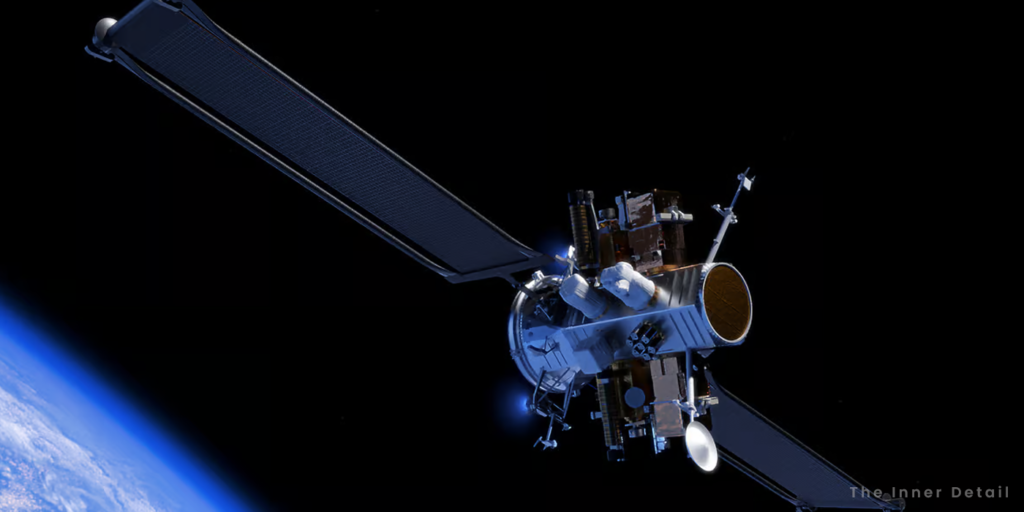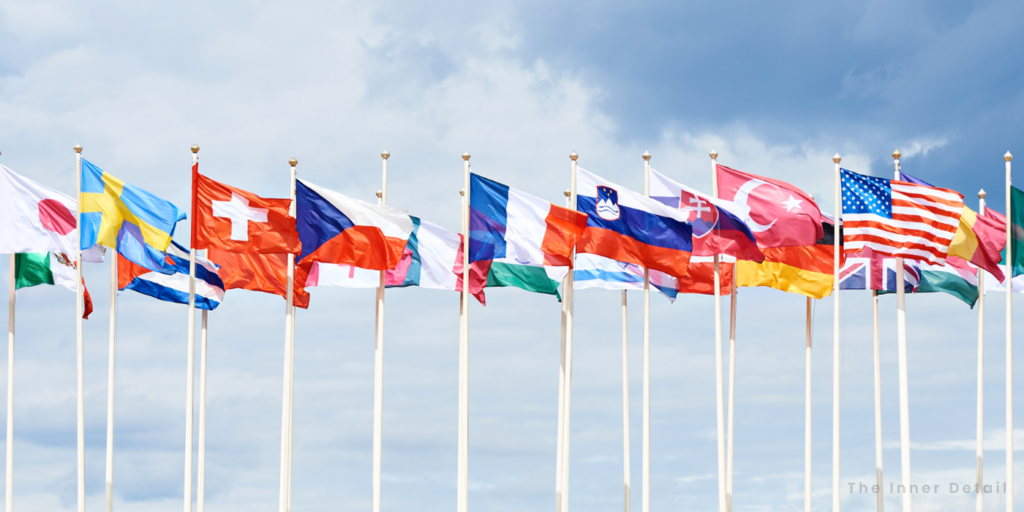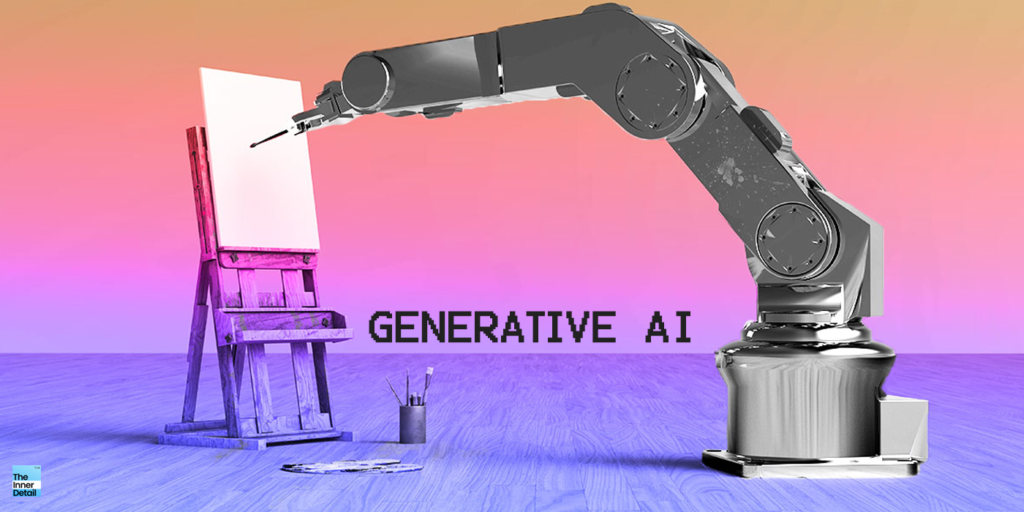For the first time, researchers had put a macroscopic crystal consisting of 1016 atoms in quantum superposition, making an object to exist in two states simultaneously.
Quantum mechanics is a whole new world with its own quantum rules which the scientists and researchers are primly discerning for understanding and uncovering it into reality. “If you think you understand quantum mechanics, you don’t understand quantum mechanics,” says Richard Feynman, who is a physicist. Though modern technology and science let to know principles and characteristics of a quantum world, many underlying hurdles couldn’t be addressed so far, by anyone.
Companies like IBM, Google has been striving for bringing quantum computer in real for years, but are still in the starting point, says Google’s CEO Sundar Pichai.
However, an utterly unimaginable thing happened in quantum physics, being able to put a macroscopic amount of matter in ‘quantum superposition’, for the first time in the history of world. Researchers at ETH have put a crystal into a quantum superposition state and measured for how long quantum effects in the vibrations of the crystal lasted. The results are recently published in the scientific journal Physical Review Letters.
Before we come to know how they did it, let us first see what quantum superposition means.
Quantum Superposition
Superposition in quantum is the ‘ability of a quantum particle to be in multiple states at the same time until it is measured’. It is best explained with Schrodinger’s cat in a box experiment. Schrodinger’s cat in a box is a thought experiment that illustrates a paradox of quantum superposition.
It goes like this. A cat is placed inside a box with a tiny bit of radioactive substance. When the radioactive substance decays, it exposes a poison that kills the cat. Now the decay of the radioactive substance and hence the cat’s lively status is governed by the laws of quantum mechanics. For which, the cat exists in two states of being alive and dead simultaneously, until you open the box and see it.
This system stays as a combination of two possibilities, cat being alive and dead at the same time. This never happens in the real ‘classical’ world, for macroscopic particles. However, researchers now had contradicted the statement.
Atoms & Molecules exhibit Superposition
Atomic and subatomic particles do sustain in the quantum world and they are bound by rules of quantum mechanics. Progresses and experiments had confirmed that they exhibit superposition. One such example is the diffraction gratings, where molecule is split into many parts using a grating, which are then recombined on a slab creating interference pattern. Interference suggests that atoms’ position is only a probability, not precise, which relates to superposition. This works for molecules up to 2000 atoms. For larger molecules, the quantum mechanical wavefunction of a particle becomes smaller as its mass increases.
Macroscopic crystal in Superposition
Dr. Matteo Fadel, Branco Weiss Fellow at ETH, together with the group of Prof. Yiwen Chu at the Laboratory of Solid-State Physics and colleagues in Denmark and Germany, has now managed to put a microgram-mass crystal (with 1016 atoms) into a quantum superposition state in order to test the validity of quantum mechanics in this macroscopic regime.
Quantum mechanics for a macroscopic object is tested in a different approach called acoustic wave resonators. Researchers experimented by inducing vibrations in a macroscopic crystal ‘sapphire’ and measure the vibrations to analyze if it had manifested quantum effects. For inducing vibrations that represent quantum mechanical superposition states, the crystal is coupled via piezoelectric effect (which creates an electric field when a material is deformed) to a superconducting circuit that acts as a qubit (quantum bit).
The coupling of the qubit with the crystal allows for the transfer of superposition state of the qubit to the collective vibration of the atoms in the crystal. The qubit can also subsequently be used to detect the vibrational state of the crystal.
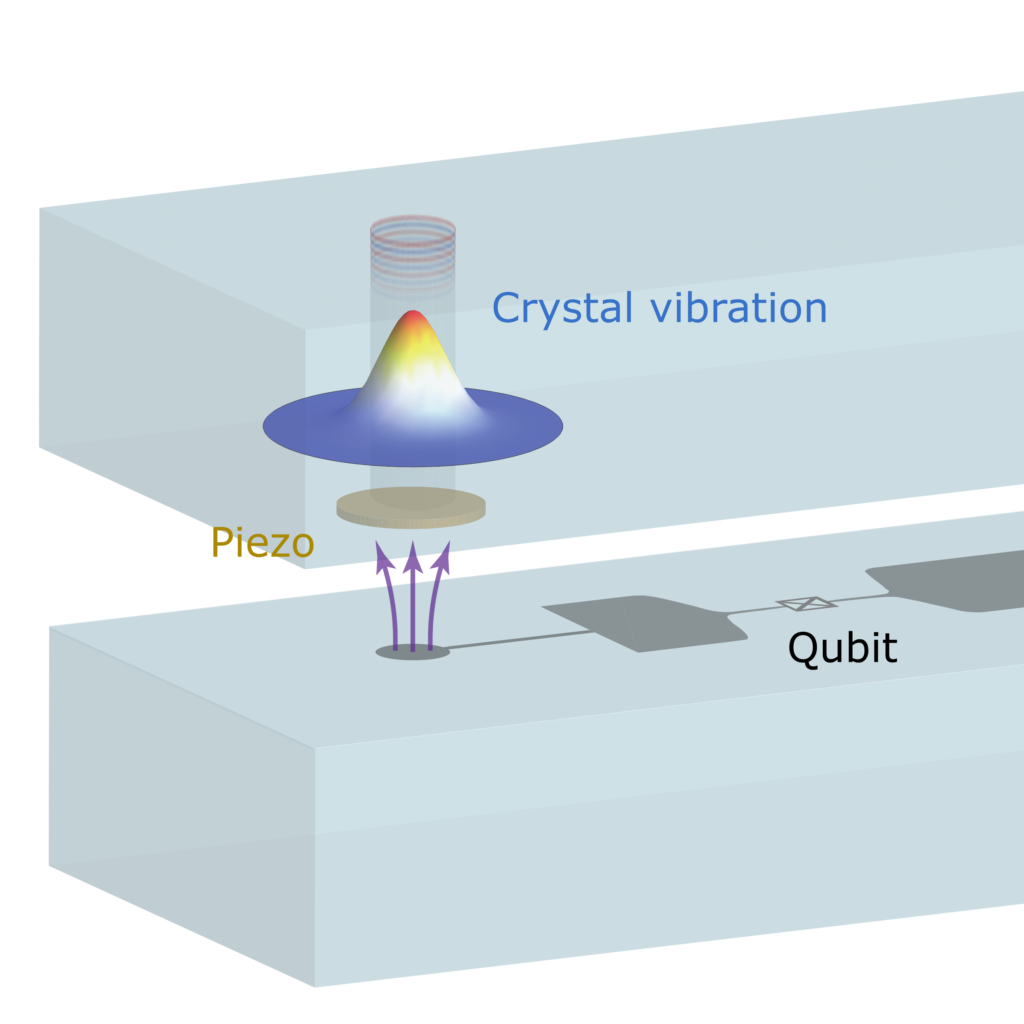
Related Posts
Procedure
The crystal is first cooled to a hundredth of a degree above absolute zero to reduce thermal fluctuations. The crystal is then put into a specific quantum state by coupling it with qubit and the researchers detected its state after a variable time via the qubit.
The vibrations are deadly hasty like woodpecker drumming on trees, with six billion times per second. With this, the crystal was brought in a superposition of two states of motion: vibrating and still at the same time.
By assessing the qubit, the researchers found that vibration of the crystal exhibited quantum superposition for up to 40 microseconds (0.000040 second).
The number is not huge here, however, it’s a phenomenal feat in the field of quantum science, initiating with the deed of quantum superposition in macroscopic objects to explore even better in future.
What will it mean in future?
“Combined with the large mass of the crystal, this coherence time indicates a test of the quantum superposition principle at a level that is close to what can currently be achieved with molecule interferometers”, Fadel explains. “With some improvements we should be able to create even more macroscopic states in the near future, surpassing the results obtained with molecules and thus testing quantum mechanics in as yet unexplored regimes.”
The measurements of quantum vibrations may impart important bounds on possible modifications of quantum theory that could explain why we do not see quantum features in everyday life, meaning why there exists classical and quantum world and why it doesn’t overlap.
This may also mean Schrodinger equation, which is a famous mathematical tool used by physicists to describe quantum systems, is incomplete and would require modification of the equation with extra term(s).
Hope you find the page useful!
Drop your thoughts or queries in the comments..
(For more such interesting informational, technology and innovation stuffs, keep reading The Inner Detail).
